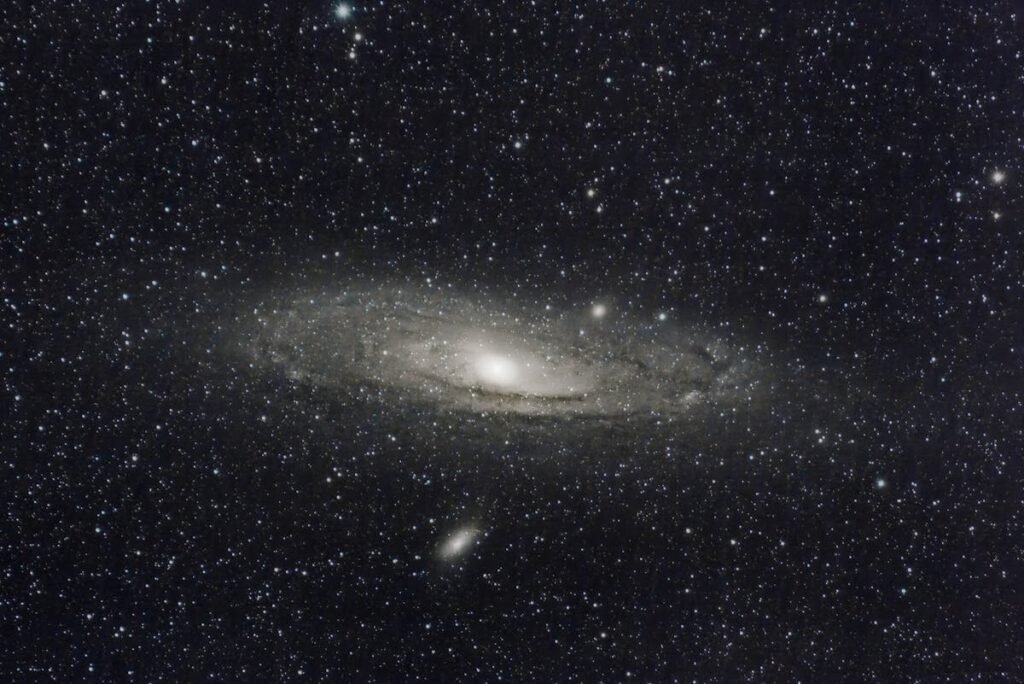The Existence Of First Lone Black Hole In Milky Way:
A team of astronomers has confirmed the existence of a lone black hole drifting alone through the Milky Way — a discovery that marks a major milestone in space research. The finding, recently published in the Astrophysical Journal, confirms that this isolated black hole, previously spotted, truly exists without a companion star orbiting it — something never observed before.
Back in 2022, astronomer Kailash Sahu and his team from the Space Telescope Science Institute in Baltimore first identified an unusual “dark object” in the Sagittarius region of the sky. At the time, the nature of the object sparked debate, with some experts suggesting it might be a neutron star instead of a black hole.
Hubble Space Telescope and Gaia space observatory:
Despite the skepticism, the team continued to gather data. Their latest research, which combines observations from the Hubble Space Telescope and the Gaia space observatory between 2021 and 2022, offers stronger evidence that the object is in fact a solitary black hole. Earlier, the team had studied data collected from 2011 to 2017, but the more recent observations helped solidify their conclusion.
What’s especially remarkable is that black holes are typically discovered through the effects they have on nearby companion stars — their intense gravity usually pulls matter from the star, creating light emissions that can be detected. But in this case, the black hole was found alone, without any such companion.
Gravitational Lensing:
The researchers were able to detect the black hole thanks to a phenomenon called gravitational lensing. As the object passed in front of a distant star, its gravity bent and magnified the star’s light, causing a noticeable shift in its position in the sky. This subtle distortion gave astronomers a rare opportunity to observe the otherwise invisible object.
Calculations suggest the black hole is about seven times more massive than the Sun, a weight that rules out the possibility of it being a neutron star — and solidifies its identity as a genuine black hole, traveling solo across the galaxy.
Conclusion:
A recently discovered black hole lies just 5,000 light-years from Earth—far closer than the well-known supermassive black hole, Sagittarius A*, found at the heart of the Milky Way, around 27,000 light-years away.
Encouraged by this discovery, Mr. Sahu and his team are now aiming to uncover more such black holes. They plan to use the upcoming Nancy Grace Roman Space Telescope, which is set to launch in 2027, to continue their search.
For More info, visit Website
Read More:
- Samsung offers Galaxy Watch Ultra for free, but there is a catch
- Top 5 Eco-Friendly Gadgets Revolutionizing 2025
- 2025 me online pesa kese kamaye
- Top 5 Weight Gaining Tips in 2025



